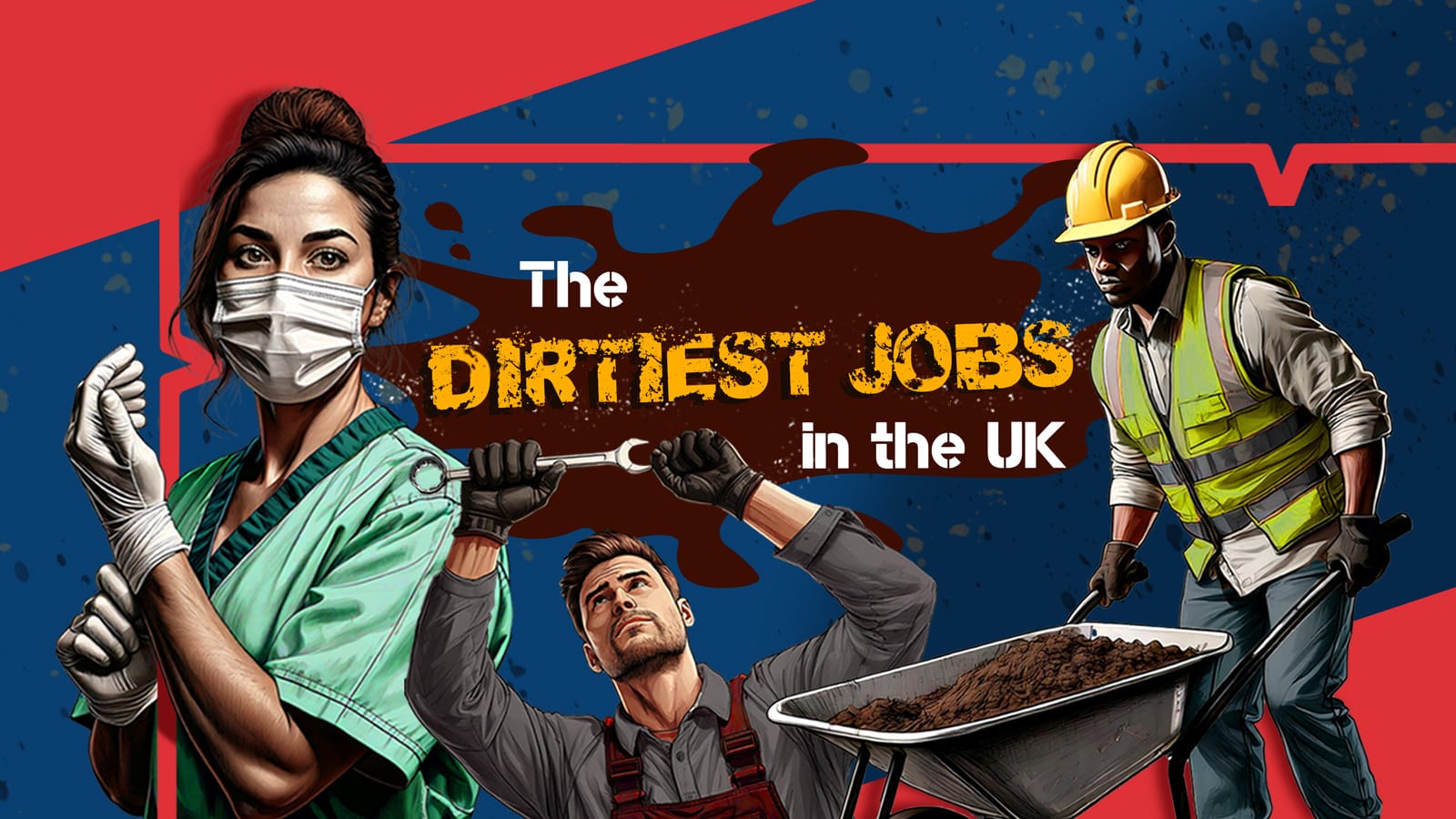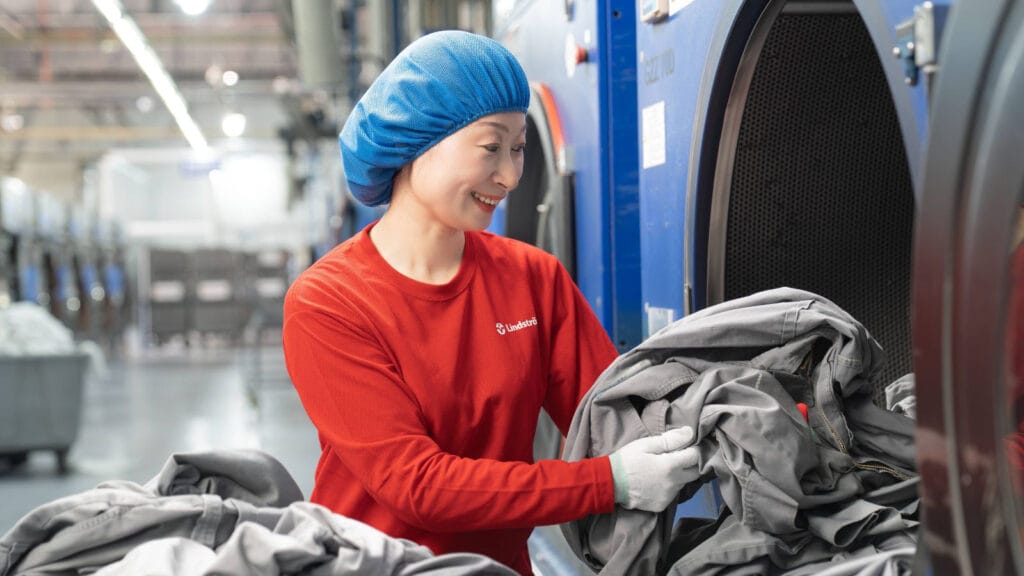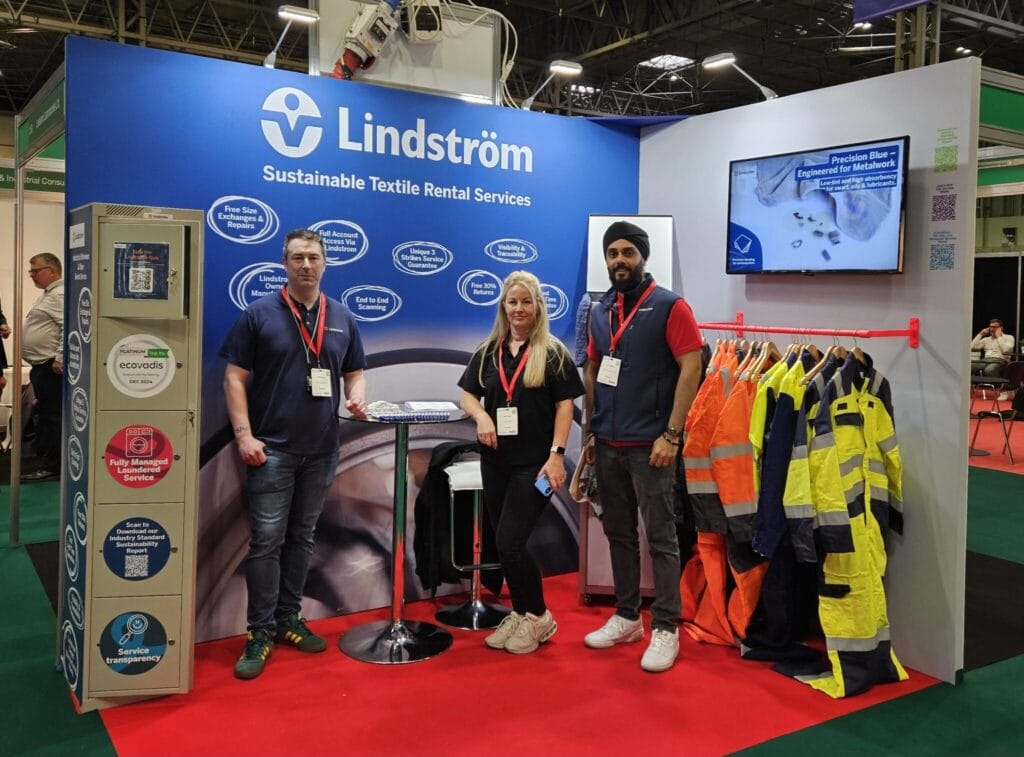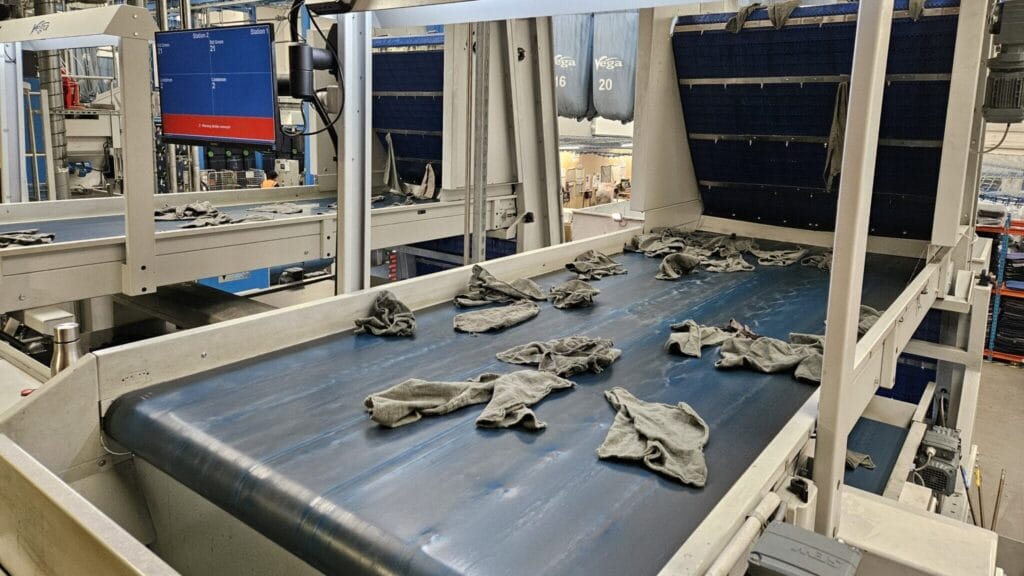
The Dirtiest Jobs in the UK
In various UK industries, some workers face constant exposure to dirt, grime, pathogens, and hazardous materials, significantly impacting their hygiene and health.
To quantify these challenges, we’ve ranked the UK’s “dirtiest” jobs, evaluating them based on hygiene demands, risk exposure, and uniform cleaning requirements.
| Job Role | Dirt/Grime Exposure (1-10) | Pathogen/Chemical Exposure (1-10) | Cleaning Requirements (1-10) | Health Risks Due to Poor Hygiene (1-10) | Total Score |
| Sewage Treatment Operator | 10 | 10 | 10 | 9 | 39 |
| Waste Management Worker | 9 | 9 | 9 | 8 | 35 |
| Healthcare Worker | 6 | 10 | 8 | 9 | 33 |
| Construction Worker | 9 | 8 | 7 | 7 | 31 |
| Mechanic | 8 | 6 | 9 | 6 | 29 |
| Farmer | 8 | 8 | 6 | 7 | 29 |
| Manufacturing Worker | 7 | 7 | 8 | 6 | 28 |

1. Sewage Treatment Operator
Exposure to Pathogens and Chemicals: As the top contender, sewage treatment operators deal with raw sewage, a hazardous mix of bacterial and viral pathogens like E. coli and Hepatitis A. Constant exposure requires stringent hygiene practices to avoid severe infections and diseases.
Work Environment Cleanliness: The workspace is rife with contaminants, and uniforms face daily contact with raw sewage, necessitating intensive, high temperature washing after each shift.
Health Risks Due to Poor Hygiene: Without proper cleaning, the risk of respiratory and gastrointestinal infections is high, making this one of the most dangerous environments for worker health.
Cleaning Requirements: Daily, high-temperature laundering is essential for sanitation, given the level of contamination encountered.
2. Waste Management Worker
Exposure to Pathogens and Chemicals: Waste management personnel regularly handle biohazards, chemicals, and sharp objects. Exposure to these hazards can lead to infections and injuries if hygiene protocols aren’t strictly followed.
Work Environment Cleanliness: Waste collection environments are exceptionally contaminated, with uniforms soiled daily by hazardous materials, which increases the need for thorough cleaning.
Health Risks Due to Poor Hygiene: Insufficient cleaning can lead to respiratory issues, infections, and exposure to toxic substances, with a fatal injury rate 1.5 times higher than other sectors.
Cleaning Requirements: Daily high-temperature washing is required to ensure hygiene standards, given the daily contamination workers face.
3. Healthcare Worker
Exposure to Pathogens and Chemicals: Healthcare workers encounter biohazards and bodily fluids, necessitating regular uniform changes and strict hygiene protocols to prevent cross-contamination and infection.
Work Environment Cleanliness: Clinics and hospitals operate under strict cleanliness mandates, with workers at risk of accumulating pathogens on uniforms throughout the day.
Health Risks Due to Poor Hygiene: Poor hygiene increases infection risks for both staff and patients, as highlighted during the recent pandemic, underscoring the critical need for stringent sanitation in healthcare.
Cleaning Requirements: Healthcare uniforms require daily laundering at high temperatures to eliminate any pathogens effectively.
4. Construction Worker
Exposure to Pathogens and Chemicals: Construction workers often encounter hazardous materials such as silica dust, cement, and asbestos, all of which can pose severe respiratory risks without proper cleaning and maintenance.
Work Environment Cleanliness: Construction sites are inherently dusty, with uniforms regularly exposed to grime and hazardous substances that accumulate throughout the day.
Health Risks Due to Poor Hygiene: Insufficient uniform cleaning can lead to conditions like silicosis and even lung cancer, with respiratory diseases significantly prevalent among construction workers.
Cleaning Requirements: Uniforms need washing 2–3 times a week, especially after exposure to hazardous materials like dust and concrete particles.
5. Farmer
Exposure to Pathogens and Chemicals: Farmers are in regular contact with pesticides, soil, and animal waste, all of which introduce pathogens and chemicals that demand high hygiene standards.
Work Environment Cleanliness: With frequent contact with soil and animal waste, farming creates a unique challenge for maintaining uniform cleanliness.
Health Risks Due to Poor Hygiene: Exposure to pesticides and animal waste can lead to respiratory issues, zoonotic diseases, and skin problems, which are exacerbated by poor sanitation practices.
Cleaning Requirements: Uniforms typically need washing 2–3 times weekly to remove soil, animal waste, and pesticide residues effectively.
6. Mechanic
Exposure to Pathogens and Chemicals: Mechanics handle toxic chemicals, including engine oil and solvents, which can cause respiratory issues and dermatitis upon skin contact if not properly cleaned.
Work Environment Cleanliness: Mechanic workshops are often greasy and dusty, resulting in uniforms becoming soiled with oil and grime daily, demanding frequent heavy-duty cleaning.
Health Risks Due to Poor Hygiene: Regular exposure to oil and solvents can increase risks of skin conditions and respiratory illnesses.
Cleaning Requirements: Mechanic uniforms require multiple washes per week with strong detergents to eliminate oil and chemical residue.
7. Manufacturing Worker
Exposure to Pathogens and Chemicals: In manufacturing, especially in chemical and automotive sectors, workers encounter industrial chemicals and metal particulates, both of which pose risks for respiratory and skin conditions.
Work Environment Cleanliness: Factories and plants generate a mix of dust and chemical residues, which collect on uniforms and need to be removed frequently for hygiene.
Health Risks Due to Poor Hygiene: If left uncleaned, residues can cause chemical burns, skin irritation, and respiratory conditions, affecting worker well-being.
Cleaning Requirements: Regular, industrial-grade cleaning is necessary, with uniforms generally laundered twice a week.
Conclusion: The Hygiene Requirements of the UK’s Dirtiest Jobs
Our ranking of the UK’s dirtiest jobs brings attention to the daily hygiene challenges workers face in these high-risk professions.
From sewage treatment operators and waste managers to healthcare workers and farmers, maintaining high hygiene standards is essential.
Sources:
https://cpdonline.co.uk/health-and-safety-guides/health-and-safety-guide-for-sewage-workers/
https://www.hse.gov.uk/statistics/assets/docs/waste-recycling.pdf
https://www.hse.gov.uk/waste/statistics.htm
https://www.hse.gov.uk/biosafety/healthcare.htm
https://www.hse.gov.uk/construction/resources/statistics.htm
https://www.hse.gov.uk/agriculture/index.htm
https://www.hse.gov.uk/mvr/resources/statistics/illhealthstats.htm
https://www.hse.gov.uk/pubns/priced/hsg261.pdf https://www.wastemanaged.co.uk/our-news/industrial/manufacturing-waste-guide/



